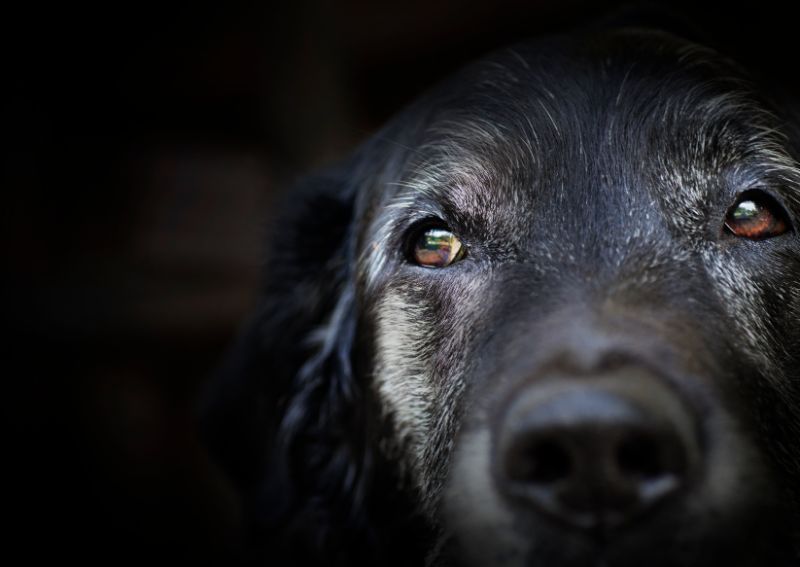Understanding Old Dog Vestibular Disease

Anyone who’s ever suffered from vertigo or an inner ear problem understands the unsettling dizziness, loss of coordination and nausea that can accompany these types of conditions. Dogs can experience a similar condition known as canine vestibular disease.
There are several types of canine vestibular disease. Some may be due to serious causes, such as a brain tumor, neurological infection or other neurological disorder. However, there is a benign self-limiting type that affects mostly older dogs. Because of this, it is commonly referred to as ‘old dog vestibular disease’, which is the focus of this discussion.
The symptoms of old dog vestibular disease can be quite bewildering for any pet owner. At Lone Tree Veterinary Medical Center, we see this problem in many of our older patients, so we’d like to shed some light on this mostly benign form of canine vestibular disease.
What is Canine Vestibular Disease?
Canine vestibular disease refers to a problem with the vestibular apparatus, which can cause a dog to feel dizzy and disoriented. The vestibular apparatus involves components in the brain and the nerves inside the middle ear, and is responsible for perceiving the body’s orientation in relation to the earth. Without it, humans, dogs, cats, and other animals with complex inner ear systems wouldn’t be able to walk or run without falling, or be able to track objects with the eyes without getting dizzy.
Although the causes of canine vestibular disease may vary, the symptoms are generally the same. These are the most common:
- Loss of coordination or balance (stumbling, ‘drunk walking’)
- Motion sickness/vomiting
- Eyes rapidly moving from side to side (also known as nystagmus)
- Head tilt
- Circling in one direction
While the benign type is most commonly associated with old dogs, it is not limited to dogs of a certain age. Dogs of any age, as well as cats, can also be affected by the condition.
Diagnosis and Treatment
Old dog canine vestibular disease usually develops quickly and resolves quickly. Most dogs are much better after 72 hours and are completely recovered within 7 to 14 days. In some cases, they may have a head tilt that lingers for a while.
Beyond basic diagnostics to ensure that there isn’t any other health issue at play and administering medication to control nausea if necessary, dog owners are usually able to keep their pets comfortable at home until the condition has run its course. In severe cases, a pet may need supportive medical care, such as IV fluids.
Although, there are no known causes of old dog vestibular disease, pets with a history of ear infections may be more predisposed to the problem. Also, since its symptoms can be the same as those of a serious neurological issue, it can also be mistaken for something else. Careful observation and other diagnostic tests such as X-Ray, MRI, and CT scan can be done to further identify the source of the problem and avoid unnecessary invasive treatments.
If you have further questions about canine vestibular disease and your pet, or would like to schedule an appointment for your pet, please don’t hesitate to contact us. We’re here every day and are always happy to help you care for your pet!



